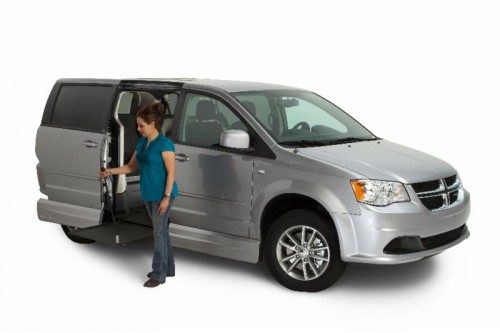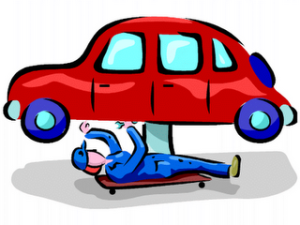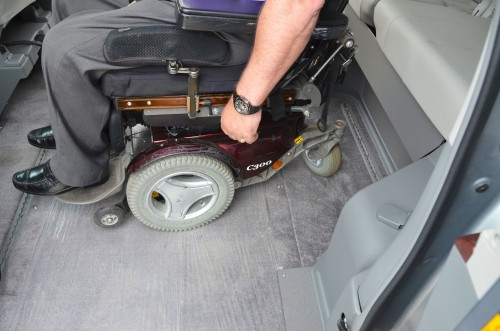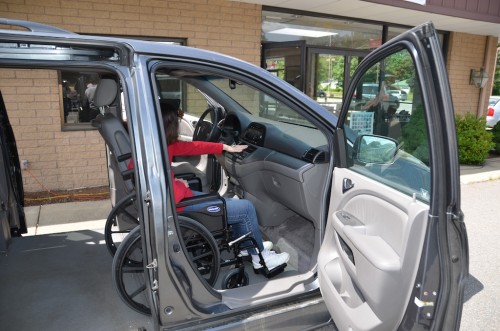
Introducing The New VMI Northstar E-Series Wheelchair Van Conversion
What could compare to VMI’s innovative Northstar wheelchair accessible minivan? The economically driven Northstar E-Series. The nearly effortless manual slide-out ramp contains no powerdrive components, affording absolute reliability and assurance. An abundance of interior and cargo space provides more comfort and convenience on short drives or long trips. Distinct exterior styling presents an appearance every bit as notable as the fully automatic Northstar. Finally, freedom feels as good as it looks.
- 11″ Lowered Floor
- Maximum interior headroom
- Manual In-Floor Wheelchair Ramp
- Quick Release Front Seats
- Optional Mid Row Seating
- Complete undercoating and rust proofing
- Automotive Quality Interior
- Manual Wheelchair Tie-down System
- Fully Crash Tested
- Fully Carpeted Seat Bases
- Ample Floor Space



